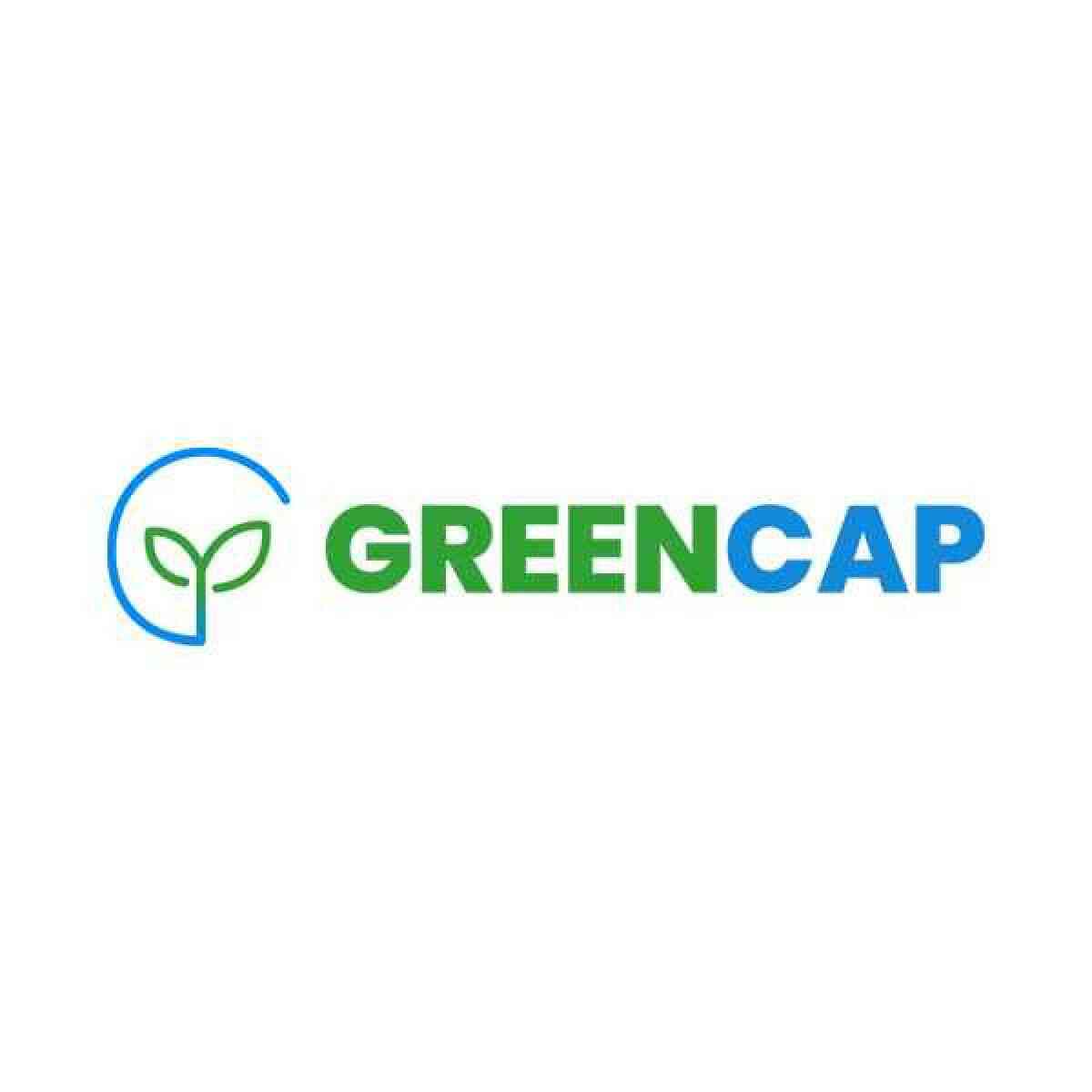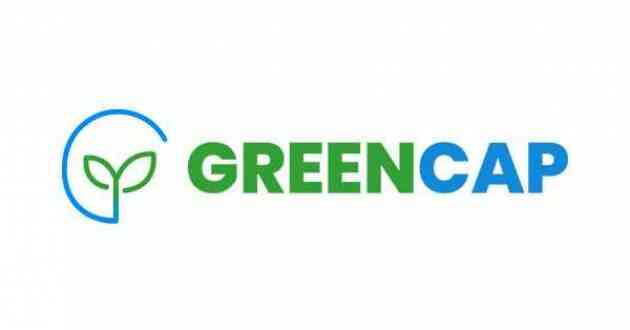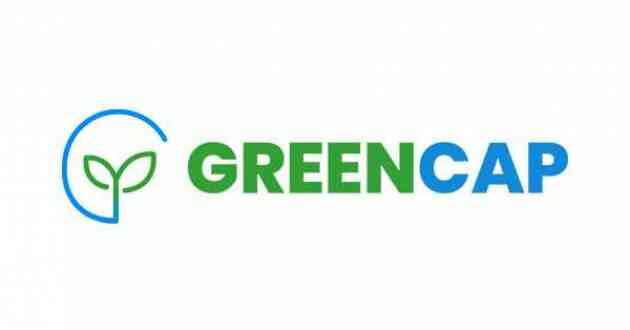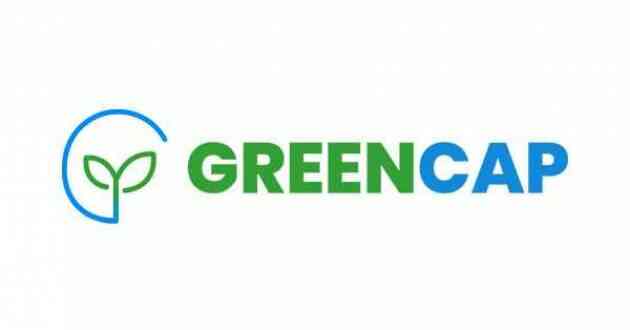Green Loans Can Be Defined Using Taxonomies Developed For Green Bonds

Greencap bridges the gap between the financial impact of climate change and its resulting credit risks.
Financing mitigation against, and adaptation to, climate change requires an understanding of definitions of sustainability and the limits to them. There exists a basic framework that can be used as a starting point, which looks at dark to light green.
- Dark green loans are provided for specific sustainable projects. For these loans, the proceeds are tracked and audited to ensure their use is entirely for the approved purpose.
- Mid-green loans are provided for general use by organizations whose central business purpose is related to sustainability. Such loans are not audited in the same way as they essentially have a blanket audit pass for sustainability.
- Light green loans are provided to firms that are making their operations more sustainable. Similar to the dark green loans, these have to be audited to ensure that proceeds are being used accordingly, but the definition is less stringent, as the remit is defined more broadly.
These definitions are primarily utilized for classification purposes, but can also function as indicators for potential credit risk implications arising from a firm’s ability to insulate itself against climate change impacts. These impacts can come about from physical environment changes or regulatory costs created by policy to fight climate change.
To define ‘green’ more precisely, banks can turn to the International Capital Markets Association (ICMA) that publishes the ‘Green Bond Principles’ (GBP). The GBPs include example definitions of the appropriate use of proceeds such as energy efficiency, pollution prevention, or renewable energy generation. They also detail guidelines on how projects should be evaluated, managed, and reported on.
Applying the same process to loans would align a bank balance sheet to established principles.
Moving from the general approach, through specific procedures, we arrive at the final analysis of green finance, which is the specific taxonomy of green bonds. Essentially, there are two main definitions of green bonds, one from the EU and one from China.
Taking the EU’s taxonomy first, the bloc defines 6 core objectives, where there must be alignment to at least one, for a bond/loan to be classified as green. These 6 objectives are:
- Climate change mitigation
- Climate change adaptation
- Sustainability of marine resources
- Transition to a circular economy
- Prevention of waste
- Prevention of pollution
- Improving the health of ecosystems
China does not specify equivalent base principles but instead details definitions by sector. These sectors include:
- Agriculture and forestry
- Manufacturing
- Electricity
- Water transportation
- Construction
- Information and Communication Technology (ICT)
For water and transportation, the two taxonomies are broadly similar, while for construction, electricity, and manufacturing, the Chinese version is broader and more detailed. Agriculture and ICT view this position reversed, with the EU’s taxonomy offering more detail and scope.
One point that should be kept in mind is that all of the above is associated with ‘green’ or ‘environmental’ classification, rather than ESG (Environmental, Social, and Governance). This is an important distinction as green loans will normally satisfy ESG criteria, but ESG loans cannot be guaranteed to be green. For banks looking at building sustainable balance sheets, the difference is significant.
Utilizing all of the above allows banks to define loan book targets that can be linked to governmental definition, and implied ambitions. Therefore, these can also be applied to assess the additional risks that are likely to be incurred or avoided by the bank through these credit facilities.



